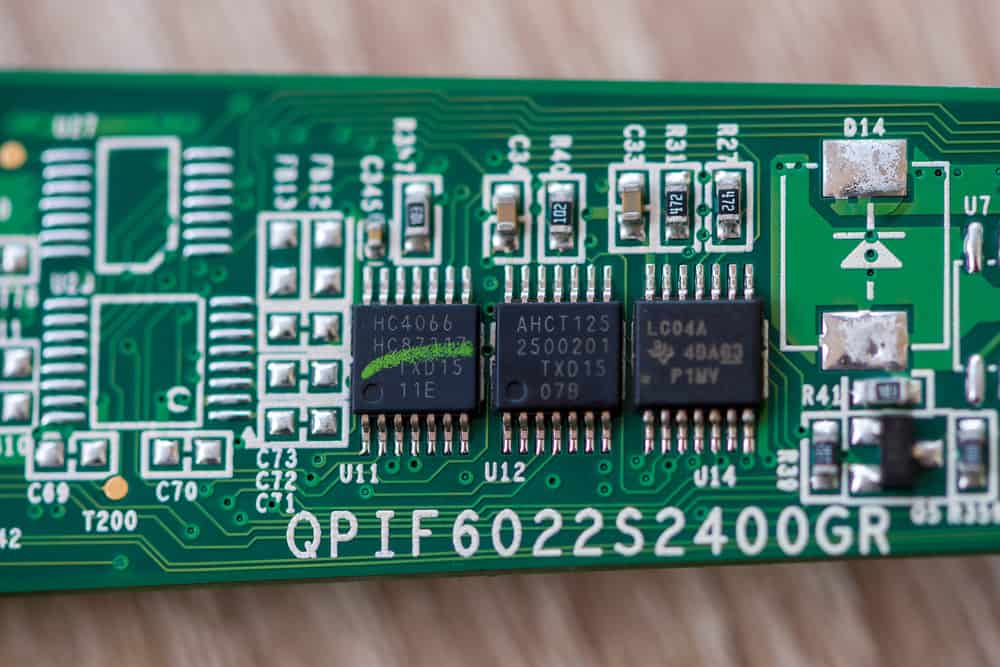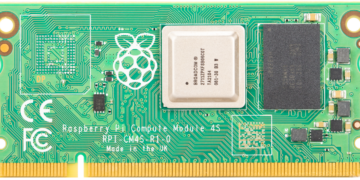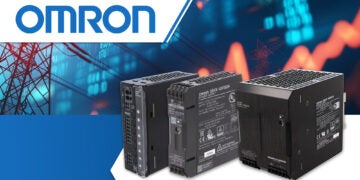
Electric vehicle innovations enable smarter battery management
The topic of mass electrification of U.S. and European vehicle fleets arose more than a decade ago. Still, the technology at the time was unable to produce more than a few – albeit popular – hybrid electric vehicle (HEV) models.
Fast forward to today, where the convergence of semiconductor companies, new battery technologies, Internet of Things developers and an electrified infrastructure are encouraging the widespread adoption of electric vehicles (EVs).
Texas Instruments is at the forefront of developing new semiconductor technologies that are driving trends and enabling important electric vehicle innovations.
Major Electric Vehicle Innovations
Large enterprises, small startups, and a host of small- and medium-sized businesses are working together to build new technologies that will continue pushing EVs into the mainstream. Texas Instruments supports significant trends in vehicle electrification technology with a range of automotive-qualified components focused on power management, in-vehicle networking and battery management.
Power-Converter Topologies
Central to EVs is power conversion and delivery, not just to the electric motor but to a range of other systems: in-vehicle diagnostics, sensors, infotainment, lighting, climate control and many other systems that may not be directly integrated into the powertrain. Innovative power-converter topologies can charge the high-voltage battery and deliver a low-voltage bus typically used for other automotive electronics.
One of the most important parameters in the formula to maximize the driving range of HEVs and EVs and address consumer range anxiety is reducing vehicle weight and size. The heavier the vehicle, the more energy required to drive it. Power delivery from a battery needs to be highly efficient, exploiting every possible mechanism to reduce losses and shrink the size of the power converters. Integrating powertrain systems such as an onboard charger, DC/DC and traction inverter can reduce system size as much as 50%.
The GaN-Based, 6.6-kW, Bidirectional Onboard Charger Reference Design from Texas Instruments leverages the company’s LMG3522 high-speed gallium nitride (GaN) switches and TMS320F28388D C2000™ 32-bit microcontroller (MCU) to enable high-frequency operation up to 800 kHz. The resulting power density is 3.8 kW/L with 96.5% efficiency, which is more than 20% smaller and lighter than comparable silicon carbide (SiC)-based designs.

Table 1: Power configurations in HEVs/EVs [Source: Texas Instruments]
Additional circuits such as a fourth-order Butterworth filter can enable passive envelope tracking on power delivered to the motor, enabling power conversion efficiency well above 90%, even when operating at high power and a high duty cycle. Other essential components for the bidirectional onboard charger reference design include:
- GaN SiC metal-oxide semiconductor field-effect transistors.
- Ferrite chokes and coils.
- Supercapacitors.
In-Vehicle Networking
As the number of electronic components in a vehicle continues to increase, so does the mass of cords, wiring harnesses, cable assemblies and mounting hardware required to support each new device. These elements collectively tend to weigh much more than the devices to which they connect, thus increasing the vehicle’s total weight. That’s why battery-management systems are moving to wireless connectivity – to reduce the amount of cabling and therefore vehicle weight.
Wireless MCUs from TI’s portfolio of connectivity devices help facilitate wireless networking within a vehicle. For powering peripherals, MSP430™ and Sitara™ MCUs are general-purpose workhorses that can interface with wireless transceivers, Controller Area Network transceivers and automotive Ethernet media access control/physical layers.
In addition, TI is continuing to build automotive-specific processors that implement wireless network protocols on-die, which will continue driving innovations in wired and wireless in-vehicle networking.
New Battery Technologies
To increase charging capacity, charge and discharge rates, and instantaneous power delivery during operation, power system designers are researching improved battery materials or entirely new battery chemistries (for example, graphene-based). One challenge is to implement charge-management and power-management systems that ensure safe operation.

This small power module can be integrated with a battery management system using Texas Instruments components
TI is already well-known for its line of battery monitoring and charge balancing integrated circuits. While the company develops components for smaller multicell rechargeable devices such as drones and electric bikes, newer components such as the BQ79614-Q1 can help build larger battery-management systems.
TI solutions for battery management systems include:
- Monitors and balancers with integrated protection. These components provide real-time measurement of voltage, current and temperature for up to 800-V battery packs, along with cell balancing between series and parallel cells.
- A diverse portfolio of devices for isolated bias power supplies.
- Wireless connectivity and proprietary protocols for wireless battery-management systems.
- Real-time control MCUs.
A Portfolio of Electric Vehicle Innovation Solutions
While power management and in-vehicle networking are critical to EV innovations, there is plenty of room for innovation in many other areas, including advanced driver assistance systems, vehicle-to-everything networking, smart infrastructures and fleet-management algorithms.
When you need to find printed circuit board footprints, technical data, electronic computer-aided design (ECAD) and mechanical CAD models, or sourcing information for TI components, look to the electronics search engine features in Ultra Librarian. This platform gives you access to TI component data and a range of reference designs from popular manufacturers. All ECAD data you’ll find on Ultra Librarian is compatible with popular ECAD applications and is verified by component manufacturers to help you streamline your electric vehicle innovation process.
Working with Ultra Librarian sets up your team for success to ensure streamlined and error-free design, production and sourcing. Register today for free.








